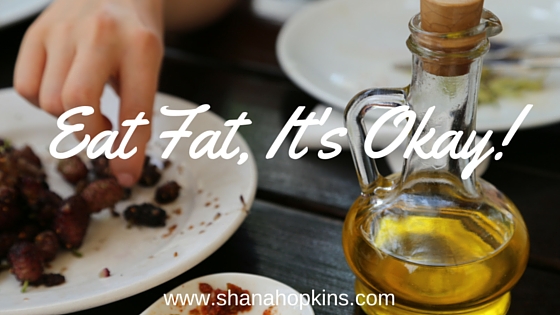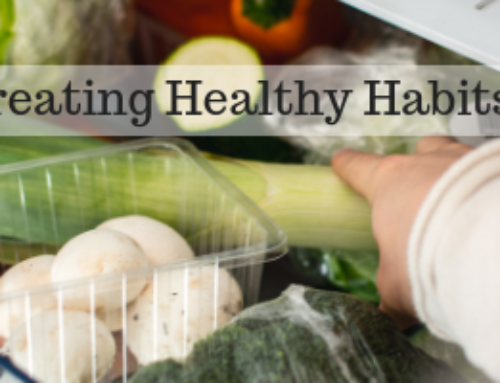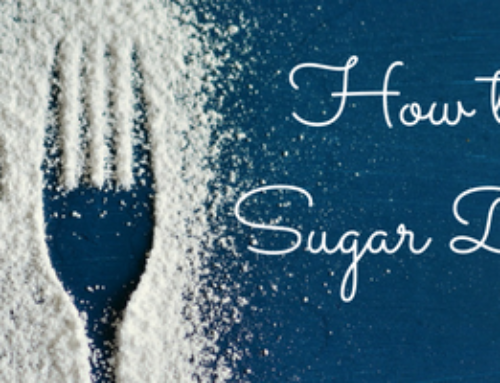It wasn’t so long ago, that low-fat diets were all the craze. But recently, scientists and nutritionists have been embracing diets that include fat, and for important reasons. It is easy to rationalize that the fat we eat will only get stored away in those pesky “love handles” – just what we don’t want! But in fact, that is a broad oversimplification, and not what always happens. You see, our bodies need fat. Fat plays an important part in the production of certain hormones, and is a primary component in the structure of cell membranes. We also use fats as the building blocks for various chemical messengers in the body that can induce inflammation or calm it. And did you know that your brain is the fattest organ in your body and may consist of at least 60% fat? Wow. In terms of blood sugar control, fat doesn’t break down into sugar, and therefore eating more fat as a total percentage of your calorie intake, is one of the primary ways you can keep your blood sugar balanced, and prevent blood sugar spikes. This is super important for prediabetics and diabetics who work so hard to keep their blood sugar under control.
Dietary guidelines call for 30% of daily calories to come from fat, with 10% or less from saturated fat. This general rule has been accepted for quite some time, but is now coming under scrutiny. In fact, the notion that fat has to be kept at a certain percentage of calories just doesn’t make sense, as different individuals can thrive on different amounts of fat. In fact the esteemed nutritional epidemiologist and head of the nutrition department at the Harvard School of Public Health, Walter Willet, MD, PhD has said: “the percentage of calories from fat in the diet (is not) related to any important health outcomes”. There you have it folks, don’t concern yourself so much with the percentage of fat in the diet. And if you suffer from high blood sugars, you should find upping the percentage of calories in your diet as fat will help to lower them.
Now before you get too excited and pull the cheese out of the refrigerator, remember that fat does have more calories as compared to carbohydrates or proteins. Fat provides 9 calories per gram, whereas carbs and protein provide 4 calories per gram, and alcohol comes in at 7 calories per gram. So while you might experiment with raising the total percentage of calories from fat in your diet, try to keep your calories at a level that maintains your weight, or if you are trying to lose weight, creates a slight calorie deficit. The good news is that fat is more satiating, and therefore will fill you up!
So what kinds of fats should you eat? As a general rule of thumb, try to get your fats from whole foods over oils. Eating fats from whole foods (like the whole nut, seed, or avocado) gives you more nutrients and fiber. Great food sources are nuts, seeds, nut-butters (like peanut or almond butter), olives, coconut, avocados, and fatty fish, like salmon. As far as oils go, my go-to oils are olive oil and avocado oil. I use the avocado oil for higher heat cooking, and the olive oil for lower heat cooking. A lot of people will use olive oil for all of their cooking, but I discourage this as olive oil will burn when brought to medium-high or high heat. A high-oleic sunflower oil is a good alternative to avocado oil if you can’t find it at your local grocer. Also, if you are buying avocado oil to cook with, you will need to make sure it is refined, as a virgin avocado oil will burn with higher heat. Lastly, flavoring oils like toasted sesame oil are nice to have on hand to add a splash of flavor to a cooked dish or salad.
So, now that I have given you permission to go out and eat more fat, please tell me in the comments below what kinds of fats you like eating or cooking with! If you enjoyed this post, please share with family or friends.







